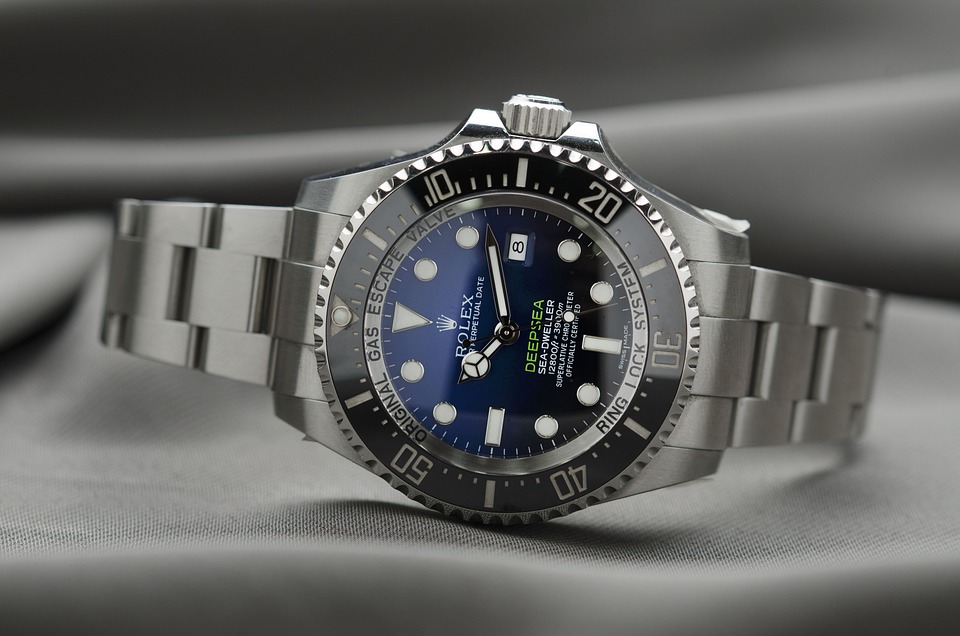How to Identify Real Moissanite Diamonds: A Beginner’s Guide
Moissanite diamonds have gained popularity in recent years as a stunning alternative to traditional diamonds. Known for their brilliance and affordability, these gemstones are often mistaken for real diamonds due to their similar appearance. If you’re new to the world of moissanite diamonds and want to learn how to identify genuine stones, this beginner’s guide will provide you with some simple and effective ways to spot the real deal.
Understanding Moissanite Diamonds
Before diving into the identification process, it’s important to have a basic understanding of what moissanite diamonds are. Moissanite is a lab-created gemstone that closely resembles diamonds in appearance. It is made from silicon carbide and has a high refractive index, which gives it its dazzling sparkle. While moissanite diamonds are not as hard as natural diamonds, they are still durable and suitable for everyday wear.
Simple Ways to Spot Genuine Stones
1. Brilliance and Sparkle
One of the key characteristics of moissanite diamonds is their exceptional brilliance and sparkle. Genuine moissanite stones have a higher refractive index than diamonds, resulting in a dazzling display of light. When light enters a moissanite diamond, it is reflected back in a way that creates a stunning rainbow effect. If a stone lacks this vibrant sparkle, it may not be a genuine moissanite diamond.
2. Color
Moissanite diamonds typically have a near-colorless appearance, similar to that of high-quality diamonds. However, some moissanite stones may exhibit a slight yellow or greenish tint under certain lighting conditions. This is a natural characteristic of moissanite and should not be mistaken for an inferior quality stone. To determine the true color of a moissanite diamond, it is best to examine it under different lighting conditions.
3. Double Refraction
Unlike natural diamonds, moissanite diamonds have a property called double refraction. This means that when you look at a moissanite stone through a loupe or microscope, you may see a doubling effect in the facets and edges. This is a clear indication that the stone is a moissanite diamond and not a natural diamond. However, this test may not be effective for larger stones or those with fewer facets.
4. Heat Conductivity
Another way to identify a moissanite diamond is through its heat conductivity. Moissanite has a higher thermal conductivity than diamonds, which means it will disperse heat more quickly when touched. To perform this test, simply breathe on the stone or hold it between your fingers for a few seconds. If it fogs up or feels warm to the touch, it is likely a genuine moissanite diamond.
5. Certification and Documentation
To ensure the authenticity of a moissanite diamond, always ask for proper certification and documentation. Reputable jewelers will provide you with a certificate of authenticity that verifies the stone’s origin and quality. Look for certifications from well-known gemological institutes, such as the Gemological Institute of America (GIA) or the International Gemological Institute (IGI). These certificates will give you peace of mind that you are purchasing a genuine moissanite diamond.
In conclusion, identifying real moissanite diamonds can be done through a few simple and effective methods. By examining the brilliance, color, double refraction, heat conductivity, and requesting proper certification, you can spot genuine moissanite diamonds with confidence. Remember, moissanite diamonds are a beautiful and affordable alternative to natural diamonds, and with the right knowledge, you can make an informed purchase decision.

